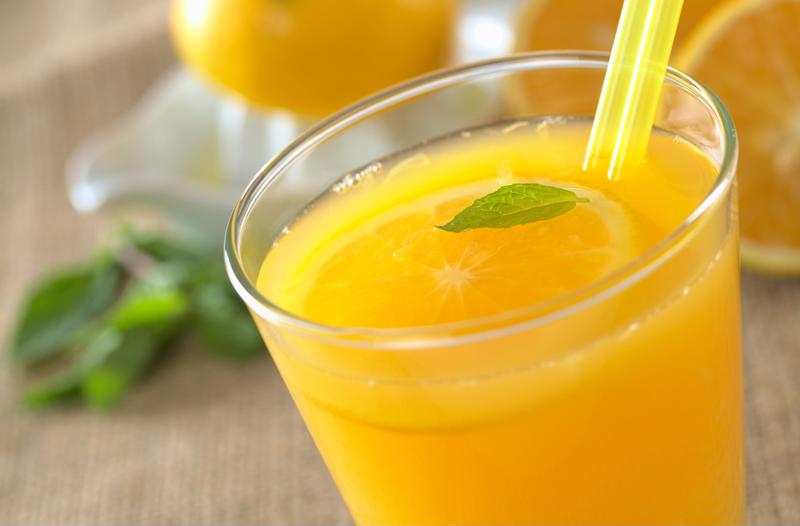One of the United States' largest and most profitable exports is citrus. But there's a disease that's threatening to wipe out the cash crop for thousands of farmers. The United States Department of Agriculture (USDA) is working to prevent that from happening.
Tom Vilsack, secretary for the Agriculture Department, announced recently that $30 million is being used to fund close to two dozen projects, all of which are focused on putting an end to a crop disease called Huanglongbing (HLB). More colloquially known as "citrus greening disease," the contagion has infected many orange and grapefruit farmers' orchards over the past several years. Left unchecked, it could create massive production problems, resulting in reduced opportunities for trade and higher prices domestically due to limited supply.
"Citrus trees infected by HLB eventually die."
"Our HLB multi-agency coordination group has worked closely with the citrus industry to select and fund projects that we think will make a real difference for growers against HLB," said Vilsack in a recent press release. "Funding these projects through cooperative agreements puts us one step closer to putting real tools to fight this disease into the hands of citrus growers."
Asian citrus psyllid spreads HLB
As with most other plant-based diseases, HLB is spread via insects. The Asian citrus psyllid is believed to be what's infecting so many plants by spreading the disease's spores. Once a tree is infected, there is no recovery. Before long, the trees die and are no longer capable of producing fruit. According to the Citrus Pest and Disease Prevention Program, the first known case of HLB in California was three years ago in 2012. Along with Florida, Southern California produces most of the U.S.' supply of oranges. The Golden State is also the domestic leader in lemon production at more than 90 percent.
 Most oranges are used for orange juice in the U.S., especially those grown in Florida.
Most oranges are used for orange juice in the U.S., especially those grown in Florida. Some of the projects aimed at thwarting HLB are or soon will be underway, according to the USDA. One is aimed at lowering the pH level in irrigation water. This reduced acidity should help strengthen the soil that citrus trees derive from, reinforcing their ability to fend off infection. Several other projects will also be implemented in the coming months, all of which will focus on how to deal with citrus trees should they become infected. In other words, determining whether trees can be salvaged if they're contaminated.
In the world's top five countries for population, the U.S. consumes a substantial portion of what citrus products farmers grow for eating and drinking. But there's still plenty leftover that's shipped to other countries. For example, according to the Florida Citrus Manual, fresh fruit exports in the average year total 10 million bushel cartons, each of which weighs a little less than 50 pounds a piece. Canada gets most of the oranges that the U.S. ships, while Japan gets the majority of exported grapefruit. Other major citrus exports include frozen orange juice concentrate as well as frozen grape juice concentrate. It's estimated that 90 percent of Florida oranges are used for juice.